Quantum computing will change cryptography as we know it. Quantum computers will be able to solve problems that are far too complex for classical computers to decipher. This includes solving the algorithms behind encryption keys that protect our data and the Internet’s infrastructure.
Much of today’s encryption is based on mathematical formulas that would take today’s computers an impractically long time to decode. However, a sufficiently sized quantum computer has the potential to crack these codes in seconds, with the proposed Shor’s algorithm.
Thankfully, alongside the devastating potential of quantum computers to steal our most precious data and throw the world into disarray, they are also the path towards creating perfectly secure encryption:
- Randomness is critical for many information-processing applications, including numerical modeling and cryptography.
- Reliance on imperfect random numbers has been the Achilles heel in many cyber-attacks.
- Creating perfectly random numbers is completely impossible on classical computers but has been demonstrated on quantum computers.
The unique properties inherent to quantum computers have completely changed how we think about cryptography and will be essential for safeguarding the data of the future.
Quandela’s Use Cases
Challenge: Generate intrinsically random numbers on a small-scale two-qubit device.
Application: We tackle this problem with the Entropy protocol on our full-stack quantum computer MosaiQ. This unique combination generates quantum-certifiably-random numbers. MosaiQ provides a quantum advantage, essential in data encryption, on a small-scale photonic device.
Methodology: Quandela’s contributions are both theoretical and experimental. Our protocol measures the amount of information that an eavesdropper could potentially use to fake violation of locality, and then sets a bound on how well the device should perform if it is to still produce certified random numbers. The device also periodically tests itself to validate these numbers. It is now provided experimentally validated on MosaiQ.
Client: Non-disclosed
Challenge: Analyse and understand the meaning of texts.
Application: Natural language processing is a subfield of linguistics, computer science, and artificial intelligence where computers process and analyse language data. The goal is to understand content of documents, including speech recognition, language generation, and language understanding.
Methodology: We use quantum natural language processing on a photonic quantum computer to determine if a sentence is true or false, as well as interpret grammar rules of sentences.
Quantum Computing Use Cases Explained: Cybersecurity Infographic








